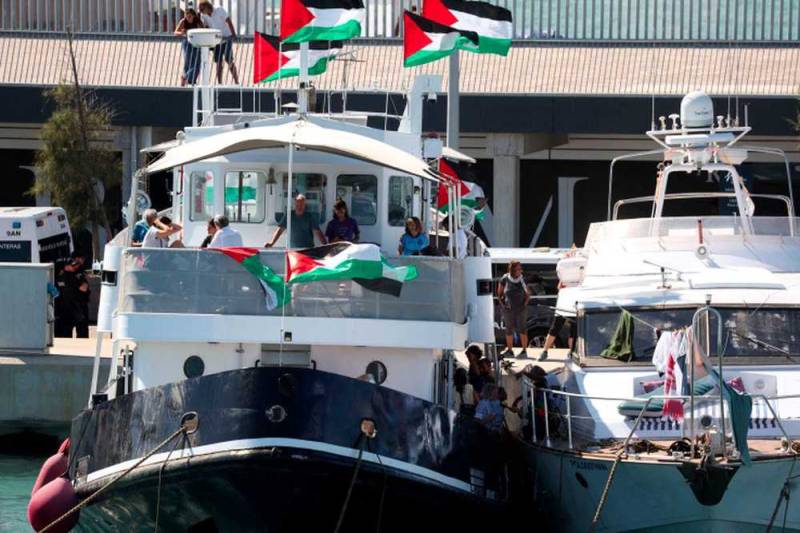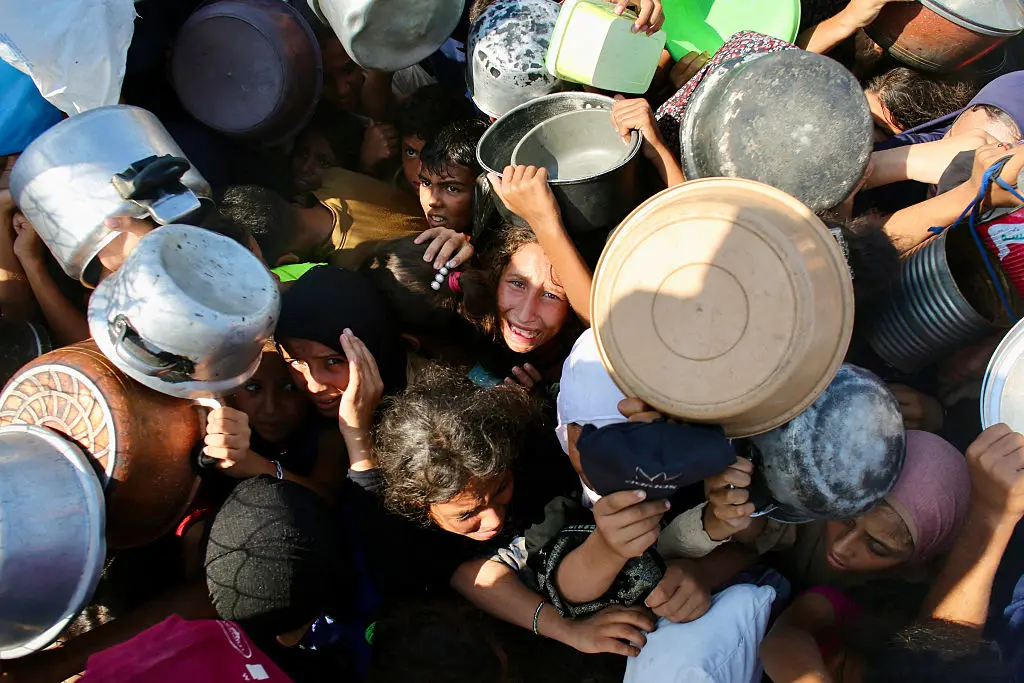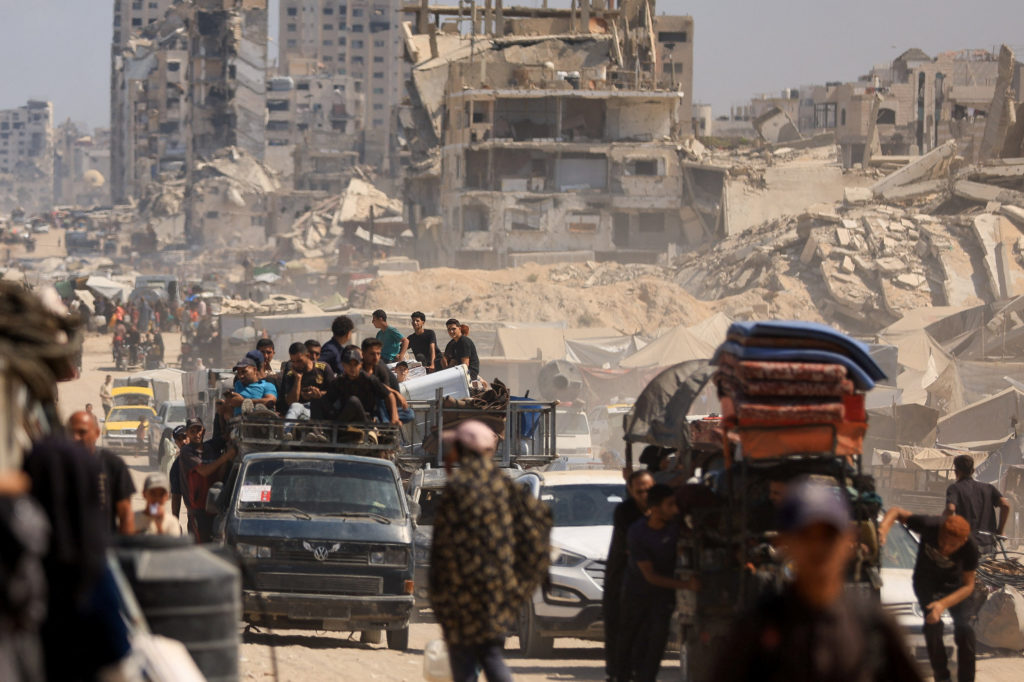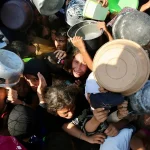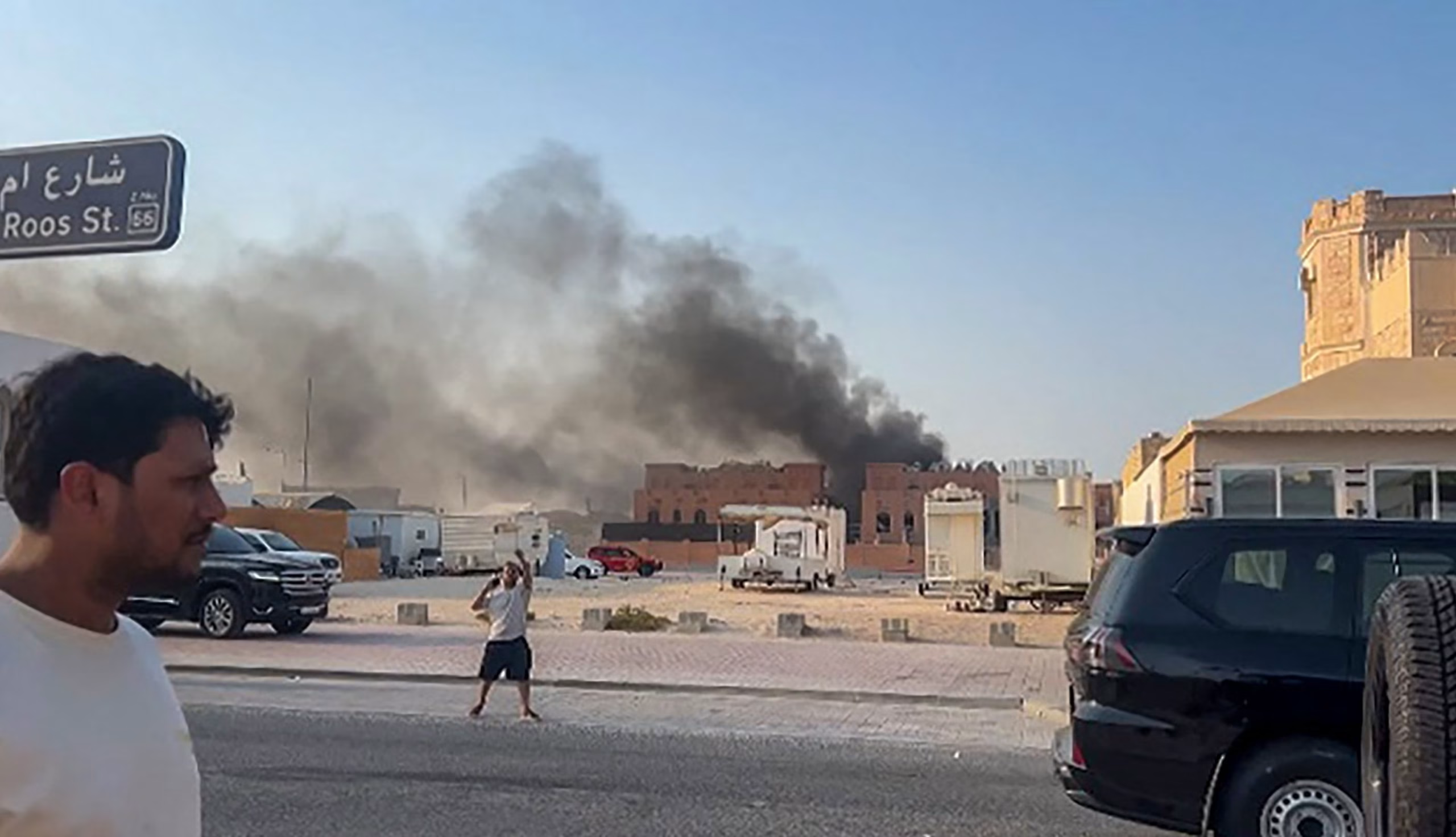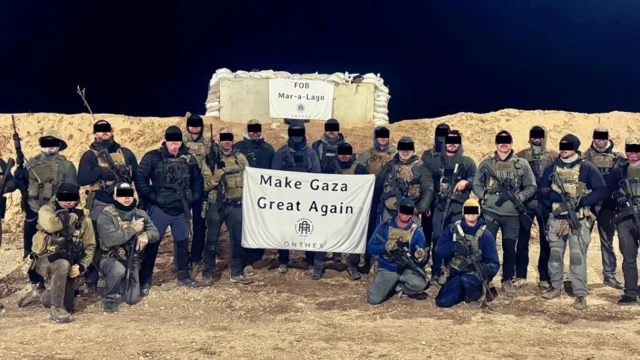The conflict between Israel and Gaza has reached yet another critical turning point. In an unprecedented move, the Israeli army has ordered a full evacuation of Gaza City, signaling the imminent launch of a large-scale ground assault. The directive has sent shockwaves across the international community, raising urgent questions about humanitarian consequences, the rules of war, and the political fallout that may follow. As families in Gaza scramble to flee and global leaders call for restraint, the world watches anxiously, aware that the events unfolding could reshape not only the future of Gaza but also the broader Middle East.
- The Evacuation Order Explained
- Historical Context of Military Evacuations in Gaza
- The Humanitarian Impact on Civilians
- Israel’s Military Objectives and Strategy
- International Reactions to the Evacuation Order
- Voices from the Ground
- Legal and Ethical Dimensions
- Possible Scenarios After the Ground Assault
- Global Diplomatic and Political Implications
- Media Coverage and Public Perception
- What Comes Next for Gaza’s Civilians
- FAQs
- Why did the Israeli army order the evacuation of Gaza City?
- How many people are affected by the evacuation order?
- What are humanitarian organizations saying about the evacuation?
- Is the evacuation legal under international law?
- What might happen after the ground assault begins?
- Conclusion
This article delves deep into the complexities of the evacuation order, examining its context, impact, and implications. From historical parallels to expert perspectives and humanitarian concerns, it aims to provide a thorough, balanced understanding of one of the most consequential military decisions in recent memory.
The Evacuation Order Explained
The Israeli Defense Forces (IDF) announced the evacuation order as part of preparations for what military officials describe as a decisive ground assault intended to dismantle Hamas’s presence in Gaza City. Gaza City, home to more than 700,000 people, is the most densely populated area in the Palestinian territory. The IDF stated that civilians must move southward for their safety, claiming that Hamas has embedded its fighters, weapons, and command centers within civilian infrastructure, including schools, mosques, and hospitals.
Israel insists that the evacuation is not meant to target civilians but to prevent unnecessary casualties during the planned offensive. However, humanitarian organizations warn that such a large-scale movement of people is logistically impossible within the short timelines imposed, creating a severe risk of chaos, displacement, and deaths. The United Nations has described the order as “deeply alarming,” emphasizing that many residents have nowhere to go, and humanitarian corridors are limited or unsafe.
Historical Context of Military Evacuations in Gaza
This is not the first time that Gaza’s civilian population has been ordered to evacuate. In previous conflicts, particularly during the wars of 2008–2009, 2014, and 2021, Israel issued evacuation orders for specific neighborhoods. Yet, the current directive is unprecedented in scale, demanding the displacement of nearly the entire urban population of Gaza City.
Comparisons have been drawn to other historical mass evacuations during conflicts, such as the siege of Aleppo in Syria or the displacement of civilians during the Balkan wars. In many of these cases, forced evacuations led to humanitarian catastrophes, with large populations left without adequate food, shelter, or medical care. Critics argue that the Gaza order risks repeating such tragedies on an even larger scale.
The Humanitarian Impact on Civilians
The humanitarian consequences of this order are staggering. The Gaza Strip is already facing dire shortages of food, medicine, fuel, and clean water due to the ongoing blockade and repeated airstrikes. For families in Gaza City, evacuation means abandoning their homes, businesses, schools, and even loved ones who cannot travel.
Reports from aid agencies indicate that roads leading south are congested with vehicles and pedestrians, many carrying only what they can hold in their hands. Some families have described walking for hours without food or water, with elderly relatives and young children struggling to keep up. The World Health Organization (WHO) has warned of the collapse of Gaza’s health system, stating that moving hospitals and critical patients is nearly impossible under such conditions.
Children, who make up nearly half of Gaza’s population, face particular risks. Exposure to trauma, displacement, and violence leaves long-term psychological scars, while the lack of adequate nutrition and shelter increases risks of disease and mortality.
Israel’s Military Objectives and Strategy
The Israeli government argues that this evacuation order is essential to achieving its military objectives. Prime Minister Benjamin Netanyahu and senior military leaders maintain that Hamas has turned Gaza City into a fortified stronghold. By clearing civilians, they say, the IDF can conduct operations more effectively without being constrained by the presence of non-combatants.
Analysts suggest that Israel’s strategy mirrors counterinsurgency doctrines, where separating civilians from militants is seen as crucial. However, the effectiveness of such strategies in urban warfare is highly contested. In practice, it is nearly impossible to separate armed groups from the population entirely, especially in a city as densely populated as Gaza. Moreover, Hamas is known for operating within civilian areas precisely to complicate Israel’s military calculus and to exploit civilian suffering for political leverage.
International Reactions to the Evacuation Order
The global response has been swift and divided.
- United Nations: Top UN officials have condemned the evacuation order as “unrealistic” and “potentially catastrophic.” They stress that the move violates international humanitarian law, which requires protecting civilians and avoiding forced displacement.
- United States: Washington has expressed cautious support for Israel’s right to defend itself but urged restraint, calling for humanitarian corridors to ensure civilian safety.
- European Union: European leaders remain split. Some nations back Israel’s actions, citing Hamas’s responsibility, while others warn that mass displacement risks constituting collective punishment.
- Arab States: Countries like Egypt, Jordan, and Qatar have strongly criticized the evacuation, warning of regional destabilization and the possibility of refugee spillovers into neighboring countries.
Voices from the Ground
Stories from those directly affected paint a harrowing picture. One Gaza resident, a father of four, described how his family left their home in haste after the IDF dropped leaflets warning of the assault. “We don’t know where to go. There is no safe place in Gaza,” he said, clutching a plastic bag with bread and water bottles.
A doctor at Gaza’s largest hospital reported that moving critically ill patients was nearly impossible. “We have people on ventilators, premature babies in incubators. How do we evacuate them? Leaving means death for many of them.”
These testimonies highlight the gulf between military planning and the human reality on the ground.
Legal and Ethical Dimensions
Legal experts are divided over the legitimacy of the evacuation order under international law. While Israel argues that its warning fulfills its obligation to minimize civilian casualties, critics argue that ordering such a massive evacuation without ensuring safe passage or adequate humanitarian provisions may constitute a violation of the Geneva Conventions.
The International Criminal Court (ICC) has already opened preliminary investigations into potential war crimes in the Israel-Palestine conflict. Human rights lawyers suggest that the Gaza evacuation could be scrutinized as either forced displacement or as creating conditions unfit for civilian survival, both of which are serious breaches of international law.
Possible Scenarios After the Ground Assault
The outcomes of the planned ground assault are uncertain but potentially devastating. Some analysts predict that Israel may succeed in temporarily weakening Hamas’s operational capacity but at the cost of massive civilian casualties and infrastructure destruction. Others argue that a prolonged ground campaign risks bogging Israel down in urban warfare, with high casualties on both sides and no clear exit strategy.
There is also the possibility of regional escalation. Hezbollah in Lebanon has threatened to intervene if Israel’s actions cross certain red lines. Iran, a key supporter of Hamas, could also increase its involvement, further inflaming regional tensions.
Global Diplomatic and Political Implications
The evacuation order and impending ground assault have far-reaching diplomatic consequences. For Israel, the move risks alienating allies who are increasingly uncomfortable with the scale of civilian suffering. For the Palestinian leadership, it intensifies internal divisions, with Hamas gaining sympathy in some quarters despite its controversial tactics.
In the broader Middle East, the crisis threatens fragile normalization efforts between Israel and Arab states. Nations like Saudi Arabia, which had been exploring deeper ties with Israel, may be forced to reassess under pressure from domestic and regional outrage.
Media Coverage and Public Perception
The way the evacuation order is covered by global media plays a pivotal role in shaping public opinion. While Israeli officials emphasize the necessity of the action, images of displaced families and destroyed homes dominate international broadcasts and social media. Advocacy groups highlight these visuals to press governments into condemning Israel’s tactics.
Public protests have erupted in major cities across Europe, North America, and the Middle East, demanding an immediate ceasefire and greater humanitarian access to Gaza. The battle for global public opinion is as fierce as the one taking place on the ground.
What Comes Next for Gaza’s Civilians
For the people of Gaza, survival remains the foremost concern. Displacement camps in the southern part of the Strip are already overcrowded, with little infrastructure to support the massive influx of people. Aid agencies warn of a looming humanitarian disaster unless immediate steps are taken to provide food, water, shelter, and medical supplies.
The resilience of Gaza’s population has been tested repeatedly over decades of conflict, but the current crisis may be one of the most severe in its history. Families face an uncertain future, torn between the dangers of staying behind and the risks of displacement.
FAQs
Why did the Israeli army order the evacuation of Gaza City?
The Israeli army claims the evacuation is necessary to protect civilians during its planned ground assault to dismantle Hamas infrastructure in Gaza City.
How many people are affected by the evacuation order?
More than 700,000 residents of Gaza City are directly impacted, many of whom face severe challenges in evacuating due to limited resources and unsafe routes.
What are humanitarian organizations saying about the evacuation?
Humanitarian groups warn that the evacuation is logistically impossible and risks causing a humanitarian catastrophe, with shortages of food, shelter, and medical care.
Is the evacuation legal under international law?
The legality is contested. Israel argues it fulfills its obligations to minimize civilian casualties, while critics say it may violate international law by constituting forced displacement.
What might happen after the ground assault begins?
Analysts predict heavy civilian casualties, destruction of infrastructure, and potential regional escalation involving groups like Hezbollah or states such as Iran.
Conclusion
The Israeli army’s order for a full evacuation of Gaza City before a ground assault represents a watershed moment in the ongoing conflict. It underscores the complexities of modern urban warfare, where civilians are often trapped between military objectives and militant tactics.
While Israel frames the evacuation as a protective measure, the humanitarian cost is already mounting, and the risks of further tragedy loom large. The international community faces a stark challenge: balancing the right of nations to defend themselves with the obligation to protect innocent lives. The coming weeks will determine not only the fate of Gaza City but also the credibility of global institutions tasked with upholding human rights and international law.


